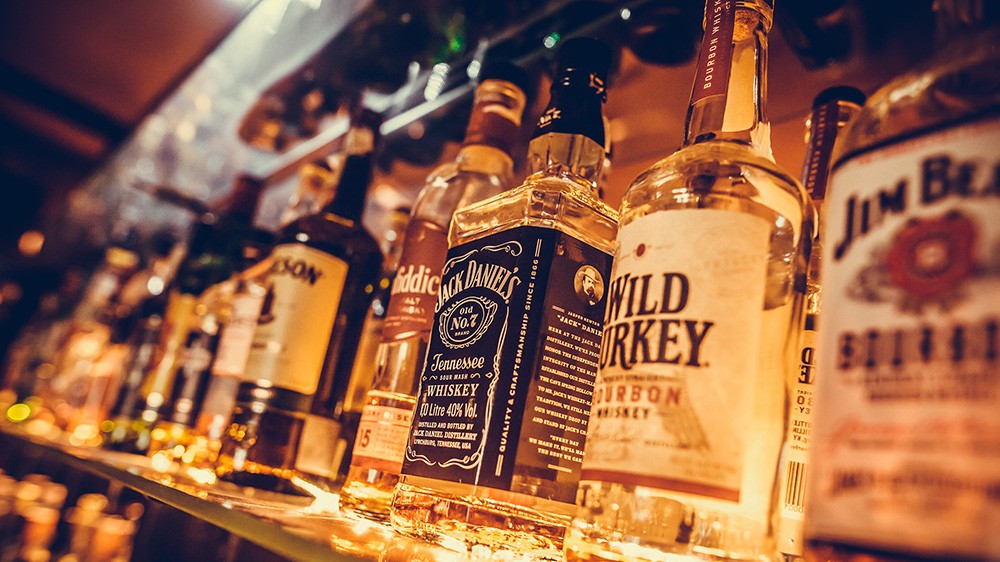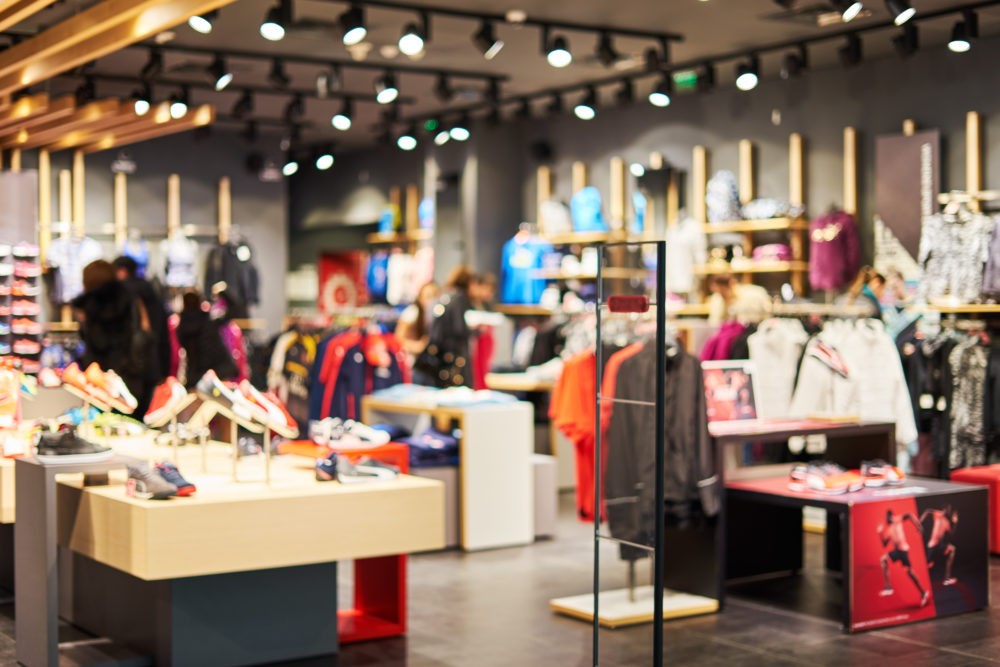
Protecting liquor from theft
The brazen theft of a $4000 bottle of cognac from a Massachusetts liquor store last week has highlighted just how prevalent alcohol shoplifting is, with wine and spirits remaining the most commonly stolen products in the food and beverage sector.
So, how do retailers go about protecting this readily available, easily concealed item?
Here’s an insight into liquor security tags and how they work to prevent shoplifting when it comes to wine and spirits.
The liquor dilemma
According to the most recent Global Retail Theft Barometer, liquor is the most commonly stolen item in the food and beverage sector. It ranks ahead of baby formula, meat, cheese and coffee.
Meanwhile, the National Retail Federation also notes high-end liquor is amongst the top 10 targets for shoplifters across all verticals. The reason it’s so popular is that it ticks a series of shoplifting boxes.
Alcohol is often readily available, is rarely locked up unless it’s very expensive, is easy to conceal and commands a high resale value. And anecdotal evidence suggests different types of thieves target it for different reasons.
Opportune pilfering
Some shoplifters steal liquor simply because the opportunity arises. This category of opportune thieves incorporates teens who steal alcohol almost as a rite of passage and people who may already be under the influence, and harness their decreased inhibitions to have a further drink with a five-finger discount.
These types of thieves usually go after lower value items that are easy to access.
Strategic shoplifting
Other thieves are more strategic in their product selection, targeting high-value liquor that can be resold at a greater price. These sees liquor amongst the prime targets for organized retail crime.
But regardless of the reason or strategy behind it, alcohol theft costs retailers a significant sum, contributing to an estimated $46.8 billion in total across all verticals shrink each year, according to the latest National Retail Federation survey.
The cognac conundrum
News website East Texas Matters recently reported on February 26 a man entered a liquor store in Seekonk, Massachusetts then set about brazenly stealing a $4000 bottle of cognac that was kept in a locked case, near the counter, in full view of staff.
Video footage reveals he possibly picked the lock, allegedly took the bottle of Louis the 13th Remy Martin and moved out of view to conceal it in his clothing before paying for other items and leaving the store.
And it’s far from the only incident making the news. So what options do retailers have?
Liquor security tags
Designed specifically to protect wines and spirits, liquor security tags are amongst the latest innovations in Electronic Article Surveillance.
The caps are designed to fit over the bottle top, can only be removed at the Point of Sale and ensure an alarm sounds if a thief tries to steal the item.
They also prevent alcohol from being consumed in the store, are available to suit both RF and AM EAS systems and offer a universal fit to suit varying bottle neck shapes and sizes.
As an added benefit, the caps are available in bulk, are reusable and easy for store assistants to remove and attach. They also offer an affordable way to protect products while still allowing the consumer to access, touch, feel and examine them.
Locked cabinets
When it comes to top-shelf liquor many retailers opt to secure their products behind glass, and this has both benefits and drawbacks.
Glass cabinets allow the consumer to see the product but not touch it. It enables the staff to keep the items under their control but can cost time when it comes to access. Meanwhile, as noted in the instance above the locks need to be impervious to picking.
CCTV
CCTV and video surveillance are excellent loss prevention strategies for monitoring an entire store, and can be a tool that deters thieves from committing an act of theft
However, CCTV often detects a crime and identifies a criminal after the incidence has occurred, leaving the matter in the hands of police rather than avoiding a theft.
You can learn more about liquor bottle security tags here.



